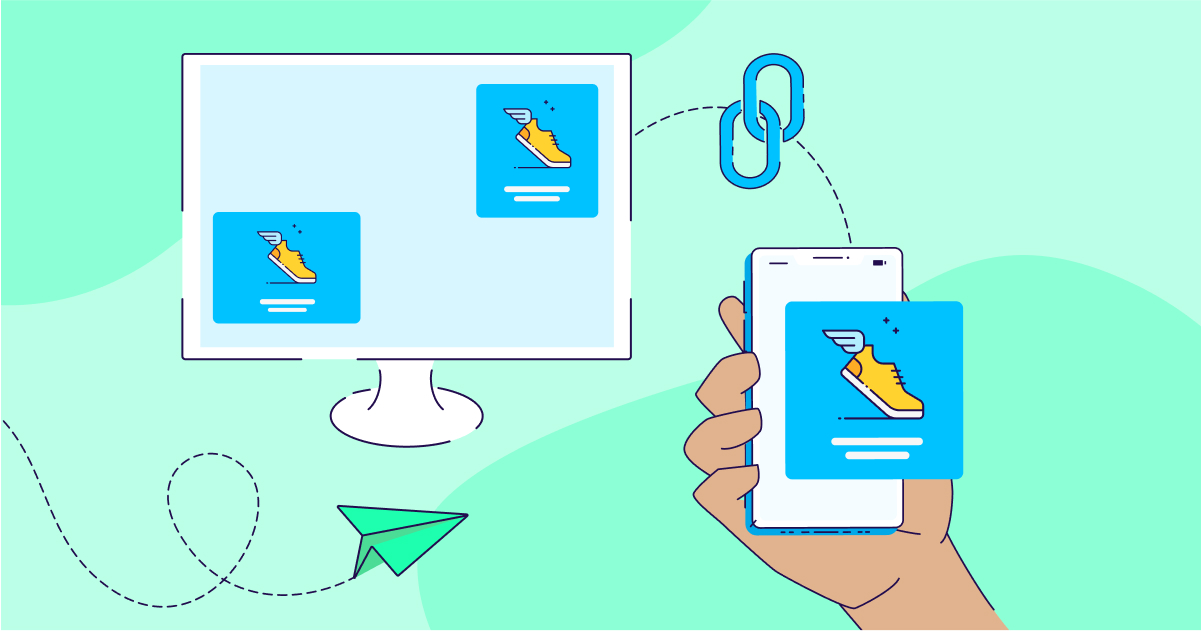

- #Simple android app to get accelerometer data how to
- #Simple android app to get accelerometer data install
- #Simple android app to get accelerometer data free
From the actions, the menu selects KVM Console or SSH to the server. In Security Groups, click View and then Allow All for both the public and private IP addresses. Note the public IP address from the Network details section. You will see your newly created VPS.Ĭlick the Device Name to open it. Go back to the dashboard and open the Devices list. Click Create Group, and name the new group MQTT.Īdd a new inbound rule, with type IPv4, protocol TCP, port 1883, and source type CIDR block. Go to the classic infrastructure, and then go to Security > Network Security > Security Groups. Select Ubuntu, and click the Create button on the right sidebar. Scroll down to select the operating system. We are going to use IBM Classic Infrastructure for this tutorial.Ĭlick the Order button, open Virtual Server for Classic, and then click View all profiles in the Profile section. Navigate to Classic > Device List from the sidebar. We can get an Ubuntu server with IBM Cloud. Setting up a baremetal server in IBM Cloud

#Simple android app to get accelerometer data install
In this tutorial, we will install the mosquitto MQTT broker on a virtual server, either in IBM Cloud or AWS EC2. Installing an MQTT broker on a virtual server
#Simple android app to get accelerometer data how to
Step 4 shows how to create an Android app that turns the Android smartphone into a sensor node for sending smartphone accelerometer data to the Node-RED dashboard via the MQTT Broker.Step 3 explains how to create a Node-RED dashboard by importing a flow.Step 2 describes how to install and configure Node-RED on IBM Cloud or AWS EC2.Step 1 explains how to set up an Ubuntu server in IBM Cloud or AWS EC2 and then explains how to install Mosquitto.Then, an Android smartphone acts as a sensor node (an IoT device) sending its sensor data to a Node-RED dashboard via MQTT. In this tutorial, we set up an Ubuntu server on a cloud service, and install Mosquitto (an open source MQTT broker) and Node-RED (an open source low-programming tool) on it. We use Node-RED, an open-source visual programming tool, to build a dashboard to visualize the real-time accelerometer data sent from the smartphone. The job of MQTT broker is to ensure that the messages are delivered to the correct clients, while clients can send messages in a one-to-many fashion as well. The following figure shows an architectural overview of the IoT system where all the devices can communicate with each other by passing through the MQTT Broker. Get started with Node-RED with this learning path. Why MQTT is one of the best network protocols for IoT in this article. Android Studio installed on your laptop (optional).
#Simple android app to get accelerometer data free
Although you need a pay-as-you-go account, all of the services we use are either part of a Lite or free tier or you will not meet the free tier threshold for the service. Learn more about IBM Cloud by reviewing the Getting Started documentation. To make a working prototype, you will need:Īn account at one of these cloud service providers: We will get and send that sensor data over the MQTT communication protocol to a Node-RED dashboard for analysis and visualization.


We will be using an Android smartphone and its accelerometer sensor which will be acting as a sensor node. This tutorial is a step-by-step guide that helps you create a simple IoT system that can make use of readily available components like cloud services and a smartphone. Whether it is a dishwasher or a car, we can find sensors everywhere, and these IoT devices are getting smarter because of cloud service providers like IBM. With the availability of low-cost hardware like sensors, microcontrollers, and single board computers, we’ve seen a large increase in the smart devices being deployed around us. The number of connected devices continues to increase day-by-day. Updated Janu| Published November 10, 2015


 0 kommentar(er)
0 kommentar(er)
